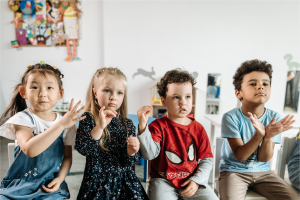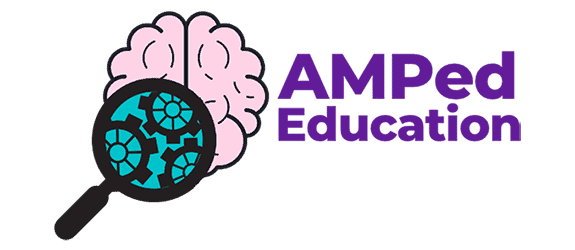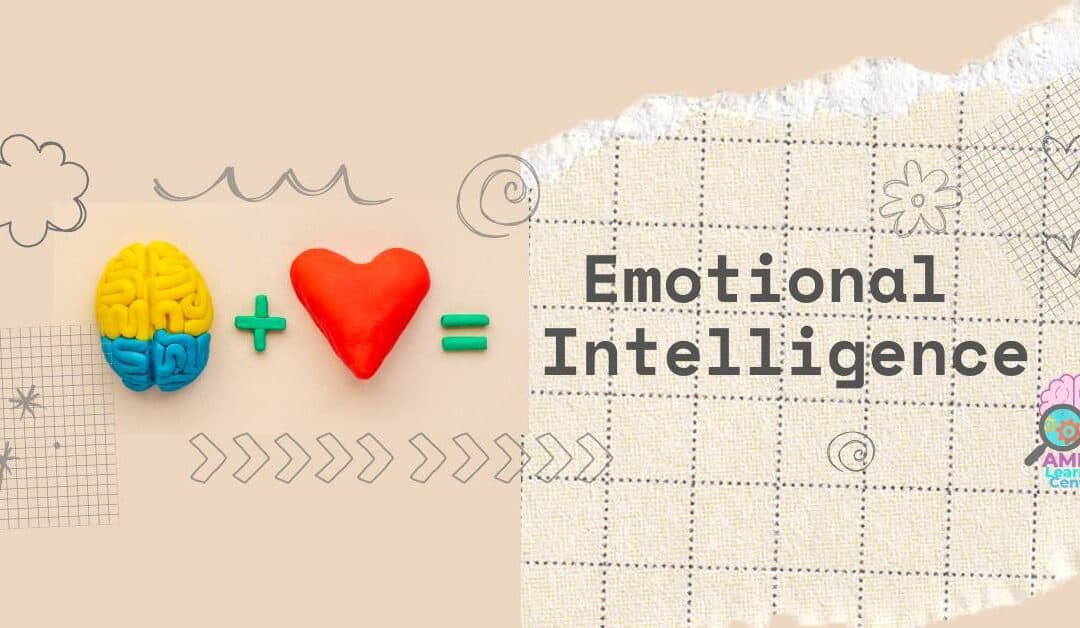Emotional intelligence. That’s the technical term for understanding your own feelings, and the feelings of others.
Research says that it leads to increased attention, more friends, and higher grades in school. For adults, it leads to higher job satisfaction, healthier relationships, and better stress management.
Sound like things you’d like your child to have?
The RULER model helps support students in this vital area.
Recognize – Check in with your body. How are you feeling? Are your hands in fists? Do you feel like JUMPING? Are you crying? Does your body feel heavy?
Understand – What CAUSED me to feel this way? Did I stay up late last night? Did my friend take the toy I was using? Am I going to the park later?
Label – There are SO many words to describe our feelings. Happy, sad, frustrated, excited, calm, hopeful… Decide what words fit you best.
Express – Is this an appropriate way to show my emotion in this situation? Is it ok for me to show my excitement about the party later by running around the waiting room at the dentist?
Regulate – Come up with a way you CAN show this emotion, or change it if you want to. Maybe I can draw a picture of what I am most excited about. Instead of running, I could jump in place.

How can I help my child learn these skills?
Model – When YOU are having big feelings, describe them and explain what you do to regulate them. “Grrr. I’m feeling so FRUSTRATED because I can’t find my keys. I’m going to take a deep breath and count to 5. Then I’ll retrace my steps and find them.”
Identify feelings in media. “Elmo is disappointed. He is looking down and has a frown on his face. He’s talking quietly. He wanted to play outside but its raining today. Maybe he can find a fun activity to do inside instead.”
Use emojis. Show children different emojis and talk about what they might be feeling. Think of a story about them. “He looks excited! Maybe he is thinking about how Grandma is coming to visit tomorrow.”
Role Play – When your child is playing pretend introduce different emotions. “Buzz Lightyear is feeling brave. He is ready to leave on his mission to space!” “The puppy wants to know what is in the box, she’s feeling curious.”
Helping children recognize their emotions and express them appropriately is a huge part of their success in school and beyond. Later, this helps them understand the feelings of others, building quality friendships. Thats empathy, the key ingredient to building the connections our world needs.







